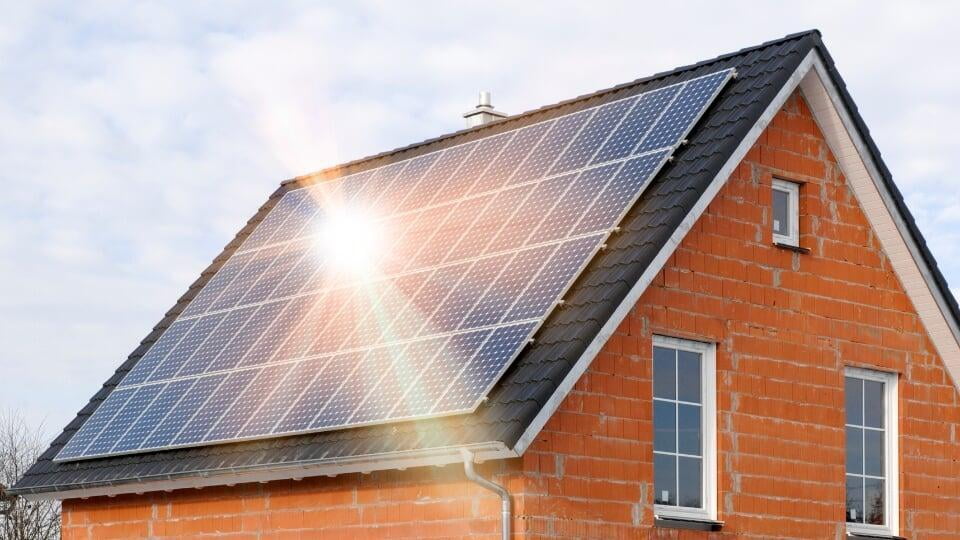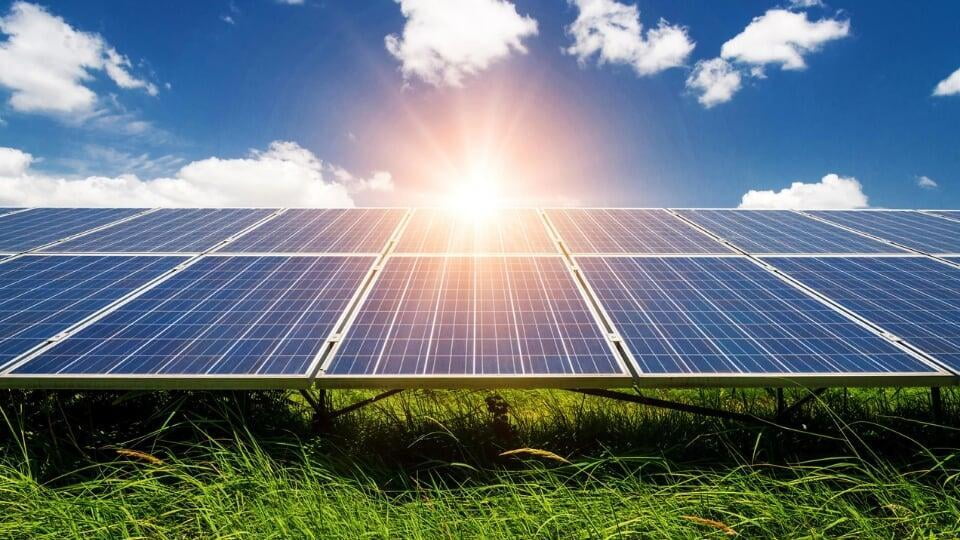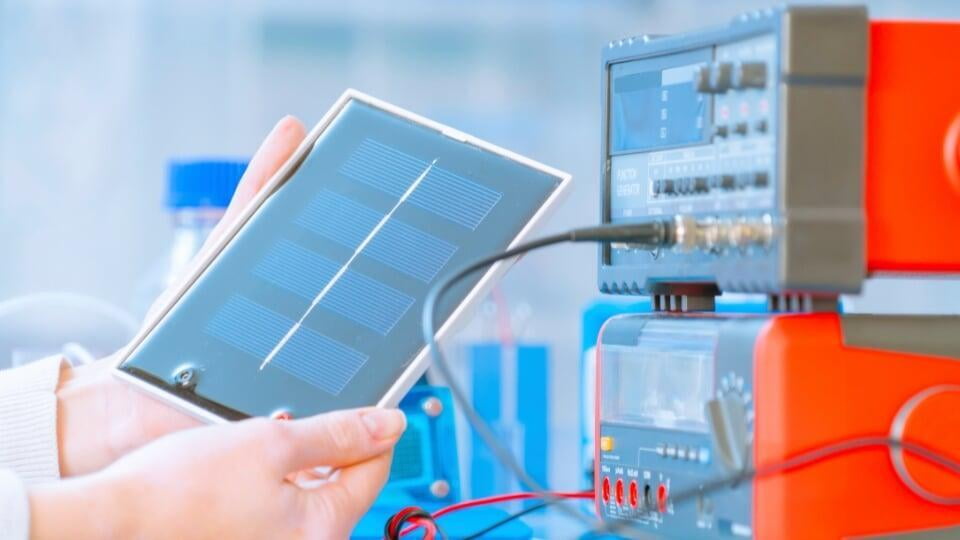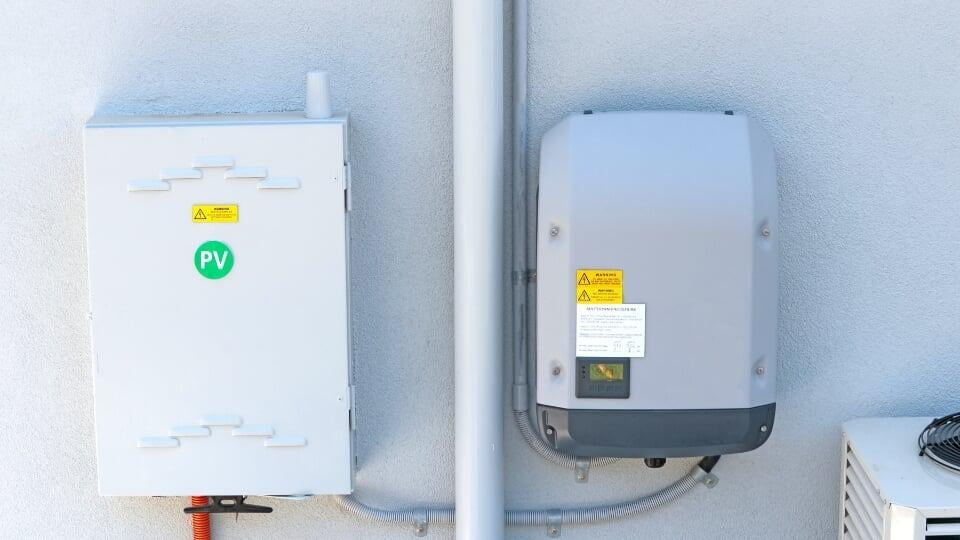Solar Power Made Simple: How Sunlight Turns into Electricity
Ever see those shiny solar panels on rooftops and wonder how they work? It might seem like magic, but the process of turning sunlight into electricity is actually pretty cool! Let's break it down.
Step 1: It All Starts with the Sun
Sunlight is made of little bundles of energy called photons. Think of them like tiny energetic bouncy balls.

Step 2: Solar Panels Absorb the Sunlight
Solar panels are made up of many solar cells. These cells are special because they're made of a material called silicon (like super-fine sand).
When sunlight hits these solar cells, the photons knock tiny particles called electrons loose from the silicon.

Step 3: Making Electricity Flow
Inside each solar cell, there's a positive side and a negative side. It's like an invisible force field.
Those loose electrons really want to move to the positive side. This creates a flow of electricity – this is called direct current (DC).

Step 4: Powering Your Home
We can't use DC electricity in our houses. That's where something called an inverter comes in. It changes the DC electricity into the kind of electricity your TV, lights, and everything else uses (this is called alternating current or AC).

Now, this solar-powered electricity can be used all around your home!
Why Go Solar?
- Clean Energy:Solar panels don't make any pollution. Good for the planet!
- Free Fuel: The sun won't send you a bill for the sunlight it uses.
The Future of Solar
Solar panel technology is getting better every day! Scientists are working hard to make them even more powerful and affordable. Going solar is a great way to make a difference for the environment and maybe save some money too.
